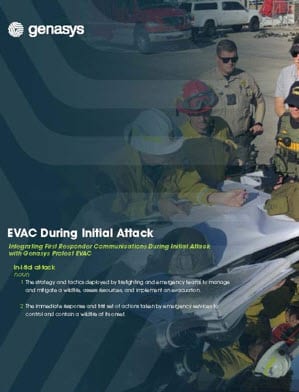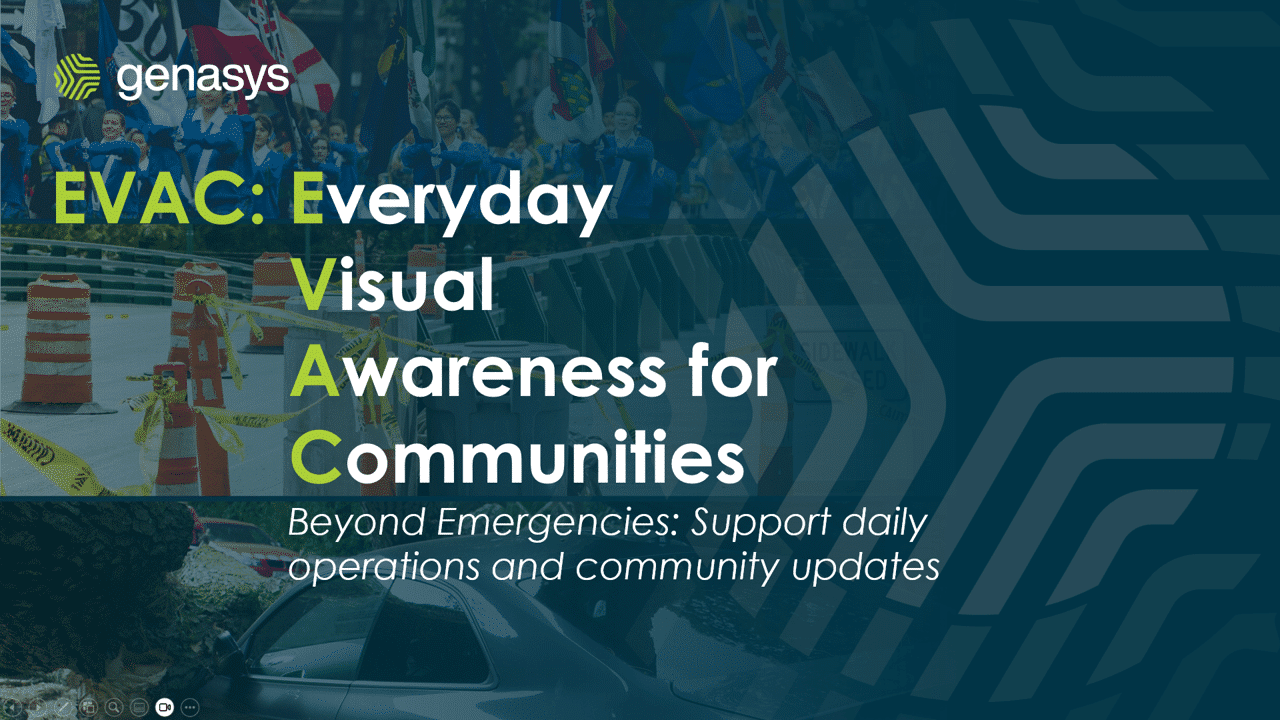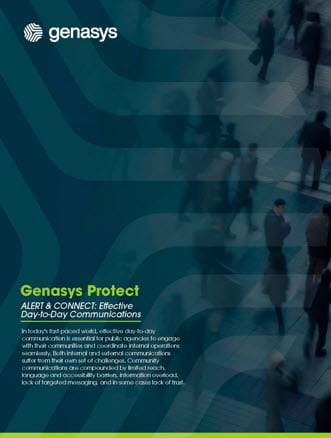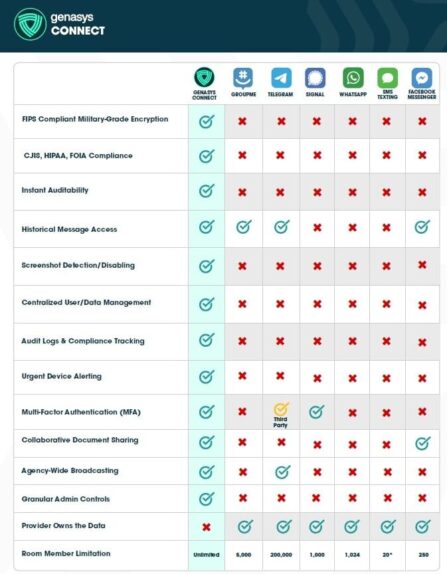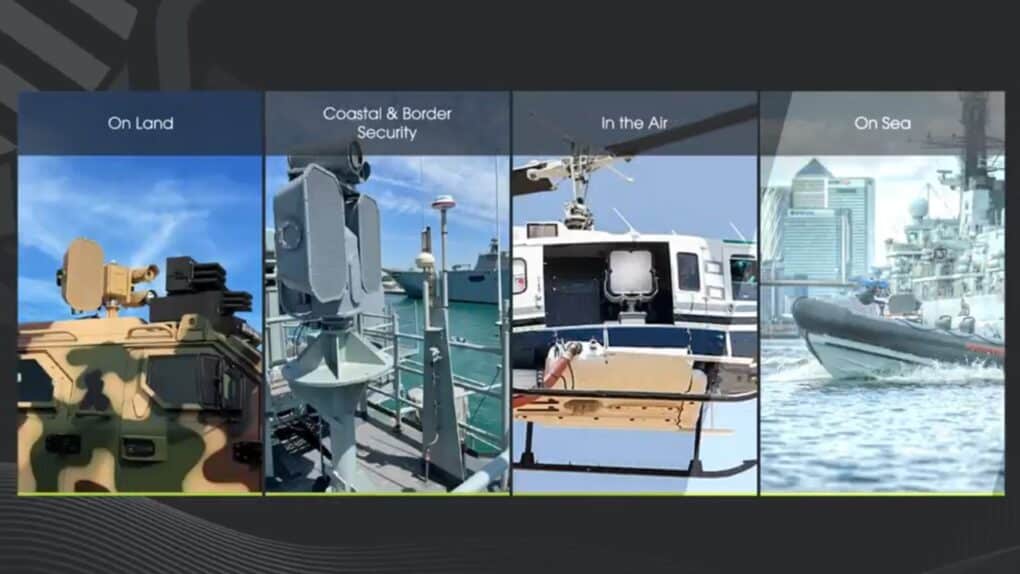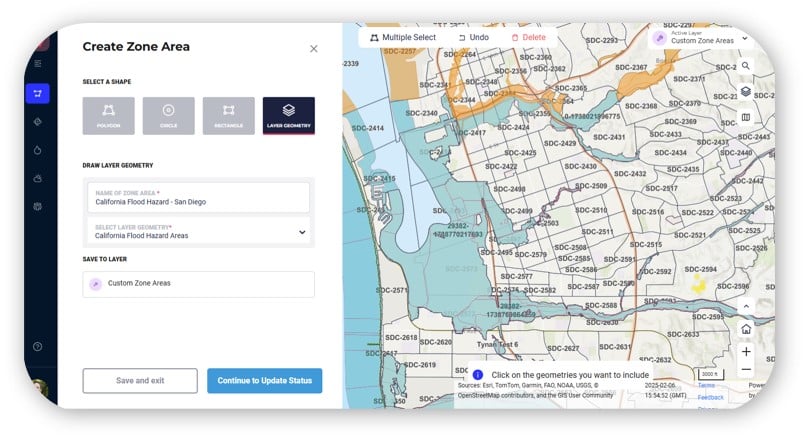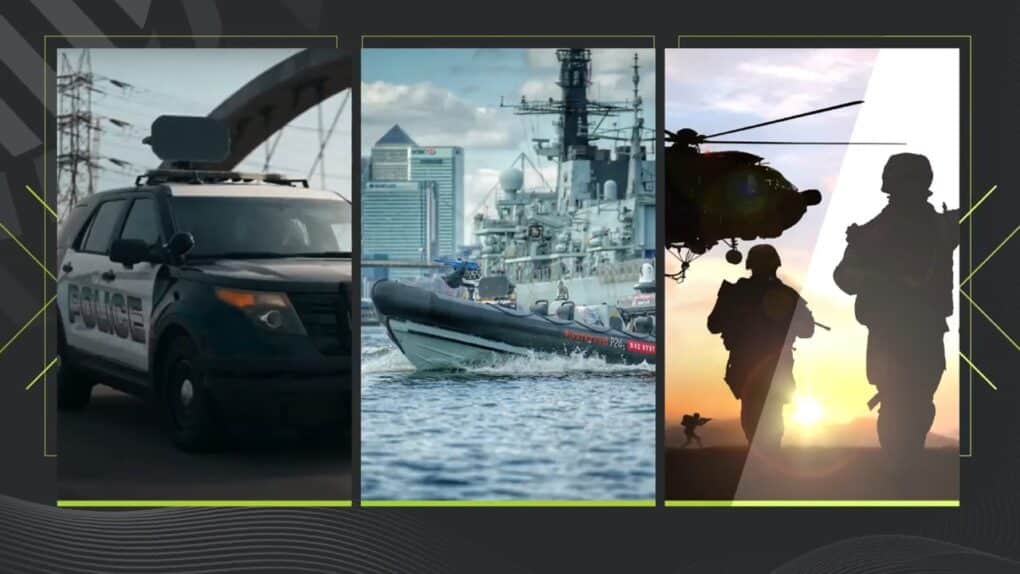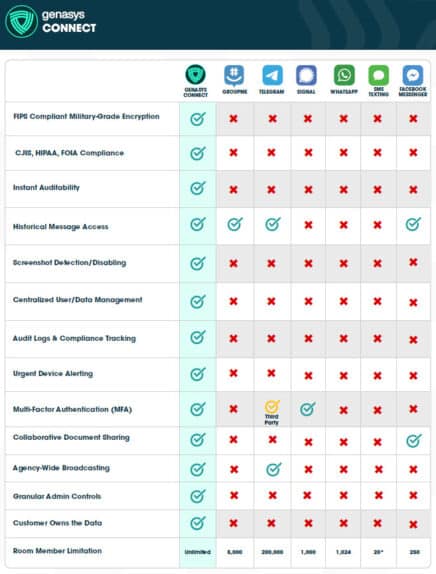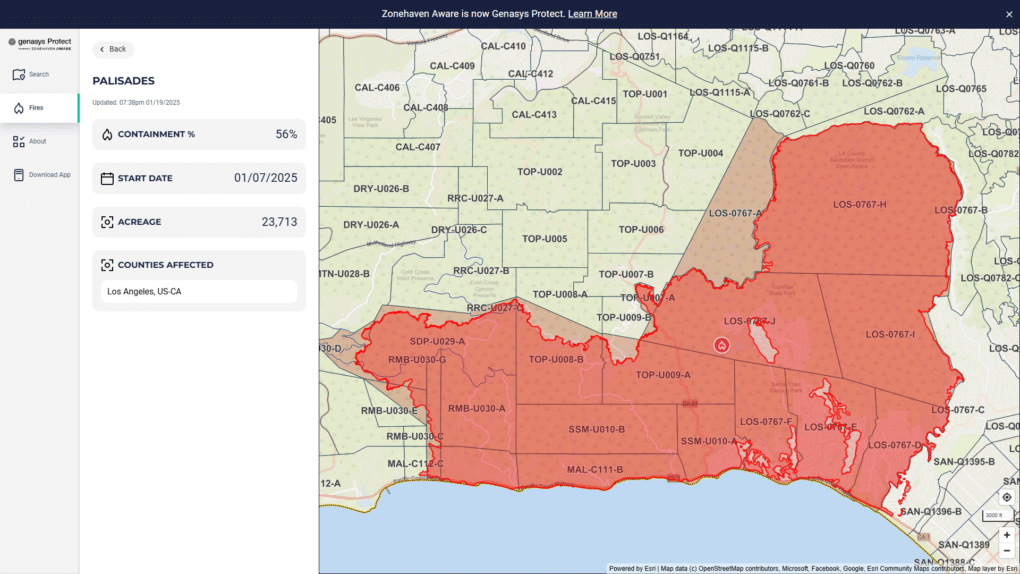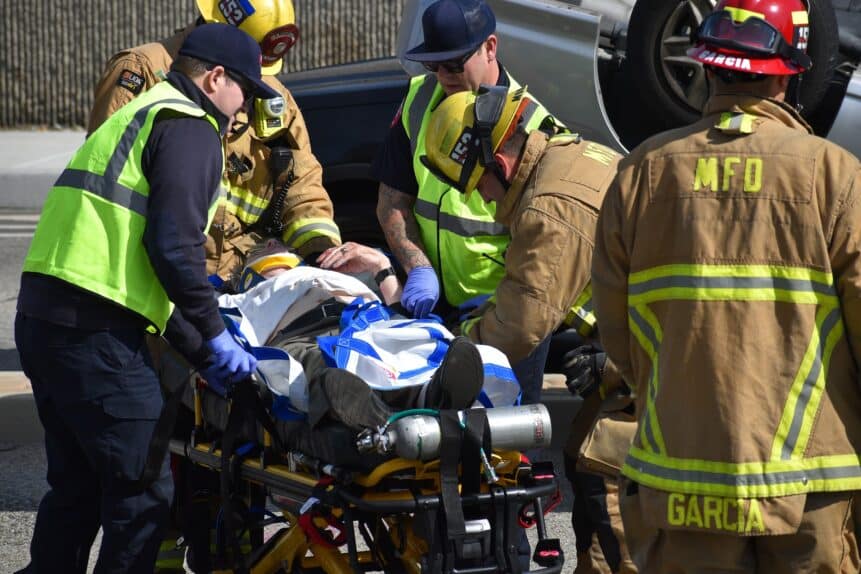Introduction
We are an extremely interconnected world, and there is a need for efficient collaboration and communication. Within public safety and city government, it is more critical than ever. Achieving true interoperability, in which various departments seamlessly work together towards a common goal, stands as a beacon of progress. Let’s explore the significance of achieving true interoperability within public safety and city government, the challenges it entails, and the transformative impact it can have on our communities. The founding idea for Evertel, now Genasys Protect CONNECT, was for our public leaders to achieve true interoperability.
The Significance of True Interoperability
Interoperability isn’t merely about technological integration; it’s about breaking down silos, bridging gaps, and fostering a culture of shared information, intelligence, and common objectives. In the realm of public safety and city government, true interoperability occurs when disjointed efforts are transformed into a harmonious symphony of coordinated actions. When police, fire, medical, emergency management, and other relevant departments communicate seamlessly, the results are faster response times, more effective resource allocation, and, ultimately, safer communities.
Challenges on the Path to Interoperability
“Interoperability” became a common phrase for 1st Responders after the tragic events of 9-11. We have strived for more than 2 decades to realize interoperability, and yet we admit, that achieving true interoperability is not without its challenges. Bureaucratic barriers, differing communication systems and radio devices, and organizational culture can all impede progress. However, these challenges are not insurmountable. They are opportunities to catalyze change, adapt to emerging technologies, and align strategies for the greater good.
What needs to happen?
- Cultural Shift: Breaking down departmental silos requires a cultural shift towards a mindset that values collaboration and information sharing over individual interests.
- Technology Integration: Standardizing and integrating diverse technologies used by different departments is essential. This may involve investing in compatible communication systems and data-sharing platforms.
- Training and Education: Personnel across departments need training to effectively use interoperable systems and understand the benefits of collaboration.
- Leadership and Governance: Strong leadership is vital in driving interoperability efforts. Clear governance structures ensure accountability and sustained progress.
- Data Security: Ensuring data security and privacy amid shared systems is crucial. Robust cybersecurity measures must be in place to protect sensitive information.
- Legal Compliance: Adhering to all compliance mandates set forth by federal law, state law, and government policy.
Transformative Impact on Communities
Imagine a scenario where firefighters, law enforcement officers, medical personnel, and emergency management teams immediately and flawlessly coordinate their efforts during a crisis. Such synergy can lead to lives saved, reduced property damage, and quicker recovery for cities and counties. Interoperability extends beyond emergency response. It paves the way for more efficient city planning, data-driven decision-making, and improved quality of life for residents.
Conclusion
True interoperability within public safety and city government isn’t just an ambitious goal. It’s a necessity for building resilient, safe, and thriving communities. As technology evolves and our cities become more complex, the need for seamless collaboration becomes paramount.
At Genasys Protect CONNECT, we strive for true interoperability, breaking down barriers, and fostering a spirit of partnership for all public safety leaders. We will support your team so you can create a future where your collective efforts make your cities not only smarter but safer and more secure.



